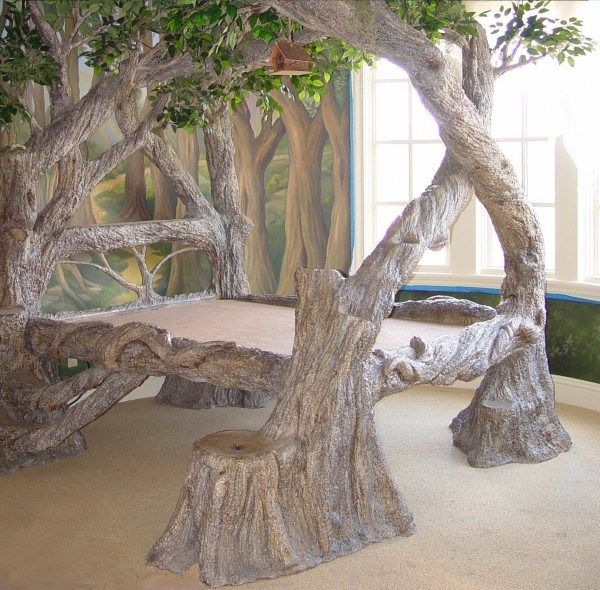
Spiritual Sunday
Every time I visit Slovenia (six times now, the first two for year-long Fulbrights), I learn something new. In my most recent visit, I discovered it is common for couples to live together for years before getting married (if they ever do). While I can’t speak to overall statistics, I talked with several who, after 6-8 years of common law marriage, were surprised by how meaningful the marriage ceremony proved to be. One who had thought marriage merely a practical matter (once an unmarried couple has children, the paperwork becomes more complicated) discovered the spiritual side.
I cited Yeats’s “Prayer for MyDaughter” to another, a student who recently married his partner in a joyous mountaintop wedding after 12 years of living together. Julia and I sent this out in our own wedding invitation:
And may her bridegroom bring her to a house
Where all’s accustomed, ceremonious;
For arrogance and hatred are the wares
Peddled in the thoroughfares.
How but in custom and in ceremony
Are innocence and beauty born?
Ceremony’s a name for the rich horn,
And custom for the spreading laurel tree.
Yeats contrasts thoroughfares (everyday life) and house (sacred space). I won’t say that these unmarried couples were living lives of arrogance and hatred—just the opposite!—but nothing had marked their movement from individual to couple. Partnership seemed business as usual.
Custom and ceremony raised the union to a transcendent level. The friends and family who gathered and the age-old rites that were performed confirmed the innocence and beauty at the core of their loving commitment. (When the dross of extraneous stuff is burned away, innocence and beauty remain.) The rich horn of plenty poured spiritual bounty upon them while the deeply rooted laurel tree of custom covered them with its protective shade.
Further thought: Speaking of marriage and tree imagery, I’ve always loved the tree that makes up Penelope’s and Odysseus’s marriage bed. In what appears to be a test of identity but may be more a test of commitment, Penelope orders Eurykleia to move Odysseus’s bed outside their chamber. Odysseus counters that their marriage’s literal deep roots makes this impossible:
An old trunk of olive
grew like a pillar on the building plot,
and I laid out our bedroom round that tree,
lined up the stone walls, built the walls and roof,
gave it a doorway and smooth-fitting doors.
Then I lopped off the silvery leaves and branches,
hewed and shaped that stump from the roots up
into a bedpost, drilled it, let it serve
as model for the rest. I planed them all,
inlaid them all with silver, gold and ivory,
and stretched a bed between–a pliant web
of oxhide thongs dyed crimson.
This bed, he adds, is “our pact and pledge, our secret sign.”

